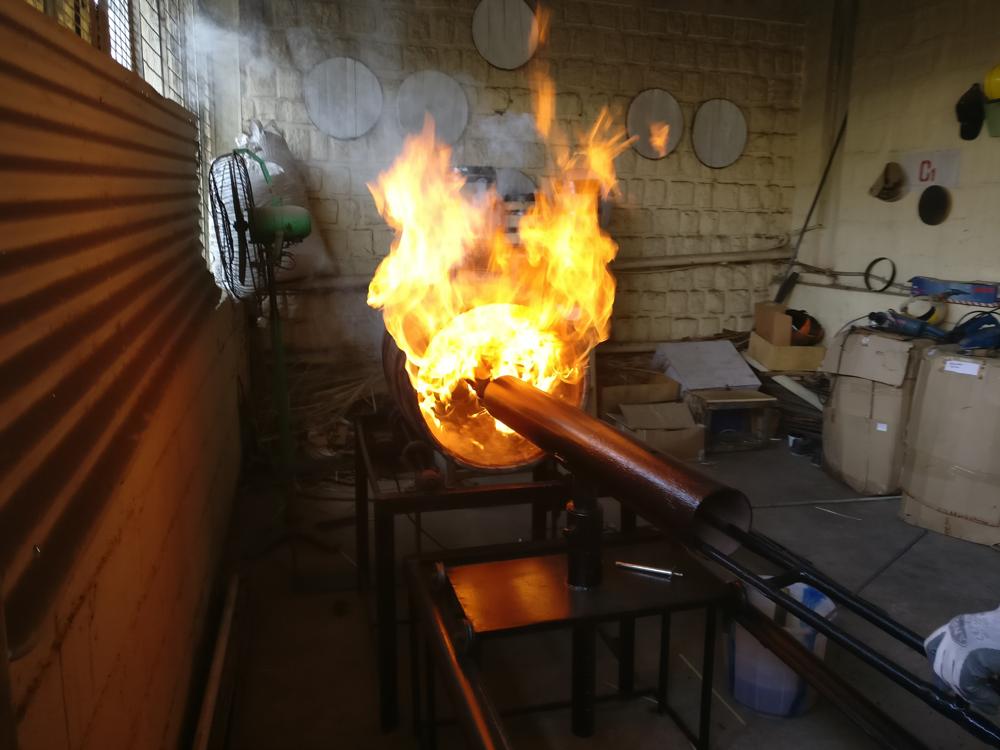TLDR
What are STR casks?
STR stands for scraped (or shaved), toasted and re-charred and indicates that the cask has undergone rejuvenation by having its staves shaved down and then recharred. Rather than denoting that a cask previously held another alcohol it advises that the cask was rejuvenated using a very specific process pioneered by the well-known, now deceased whisky expert Dr. Jim Swan. While rejuvenation is also the term used when an exchausted cask deemed unfit for use is treated for reuse, in this context the cask is not exhausted but in fact comparatively new.The Long Read
Published July 16, 2021
Contents

The lifespan of a barrel depends on what it is used for. Those used by the sherry industry in solera systems can often be decades old, while the bourbon producers, who until recently could only use new American oak casks, only use theirs for a few years before putting them on sell another industry. Virgin casks are sometimes used for whisky maturation in scotland, albiet very infrequently. The majority of the barrels used by Scottish distillers have already have been used to mature or store bourbon, rum, sherry, port or wine and other beverages. These are either shipped to Scotland whole, with a small amount of liquid retained inside to keep the barrel wet, or more often they are broken down into staves to save on costs and then reassembled in a Scottish cooperage.
Cask exhaustion
The first time a barrel is used to mature single malt scotch, the result is called a first fill. Subsequent uses are referred to as refills, second fill, third fill etc. sometimes the whisky is given additional time to mature in another barrel, typically to impart additional flavours, or round out undesirable ones. This process is generally known as finishing, or double maturation.
Regardless of its use, over time, a barrel’s ability to mature whisky decreases as the toasted oak’s sugars, lignins are exhausted leaving behind only spent wood. However given the comparative cost of securing new casks considerable energy has been spent on approaches to rejuvenating the wood. Some of these were simple hacks such as using paxarette whereas other methods are considerably more involved such as STR.
Cask rejuvenation
The rejuvenation of casks is not a new idea, distillerise have been recharring casks for years. This was true of Bourbon barrels, hogsheads and even some Sherry casks. The practice of recharring being essentially a cost saving excercise allowing a few more uses from the exhausted wood. The role of a barrel is both maturation and storage, and as such the cask is toasted before being used.

In the cooperage, the used inner layer of the barrel shown in the above image is shaved or scraped off to near the ‘red layer’ before then being recharred and refilled. There is a limit to many times that this process can be repeated however as the staves are thinned by each scraping and the barrels would ultimately begin to leak. Casks that have undergone this process too often are then deemed exhausted and taken out of service.
Benefits of cask rejuvenation
Scraping and then recharring a cask caramelises the sugars in the virgin wood underneath the penetrated layer (that the spirit has already seeped into). This imparts more of the standard virgin oak flavours such as caramel, toffee and vanilla, however these will be milder as compared to a virgin oak cask as there are some flavour chemicals that cannot be rejuvenated. For some reason oaklactones are only marginally more common in recharred casks compared to refilled casks.
While rejuvenated casks are not especially popular with single malt drinkers they offer significant cost savings when providing casks for the massive blend market.
While “toasting”, that is, briefly burning the inside of the barrel, is relatively common and well-known
Shaved, toasted and re-charred (STR)
STR casks are created using a special process developed by the well-known, now deceased whisky expert Dr. Jim Swan. The manufacturing process for STR Casks is as follows
- You take fresh red wine hogsheads and first remove the cask ends
- The outer layer of the wine-saturated oak is shaved to create the combination of the slightly saturated oak and the virgin oak
- The exposed inner layer is then toasted again to caramelise the sugers and vanillin using oak chips
- The barrels are re-charred
The scraping has removed some of the stronger flavors from the surface of the oak, creating a more subtle red wine influence and the toasting and recharring will ensure that undesirable chemical compounds such as lignin, celluloses, or hemicelluloses are broken down and the tart tannins are removed. The result is a barrel that offers a combination of fresh virgin oak and first-fill red wine for whisky maturation. As in virgin oak barrels, the whisky matures faster than in used barrels, but still receives some of the fruity red wine notes from the casks previous occupant*.
*It’s worth noting that some have challenged this assertion positing that the caramelisation of wine will either completely destroy, or at least transform the wine flavours citing whisky colouring and taste. However without knowing more about the exact chemical processes at the charring levels used this is pure speculation.
Distilleries known to use SRT casks
A number of distilleries are known to have released STR cask matured whiskies including:
- Kilchoman
- Annandale
- Kingsbarns
- Nc’nean
- Cotswolds
- Penderyn
- Kavalan
- Gouden Carolus
Dr Jim (James Sneddon) Swan, who died unexpectedly in February 2017, is the connection between these. Described as ‘the Einstein of whisky’ and ‘the ultimate whisky troubleshooter’, Jim Swan worked for more than 30 years, the studied chemist, biologist and passionate whisky expert researched, examined and advised many distilleries on the production and aromatic development of their whisky. He was a founding member of Pentlands Scotch Whisky Research Ltd in 1974, a forerunner of the Scotch Whisky Research Institute (SWRI). Together with his colleague Sheila Burtles, he developed the first whisky flavor wheel for Scotch whisky in 1979, always emphasizing the role of wood in whisky maturation and using it masterfully.

